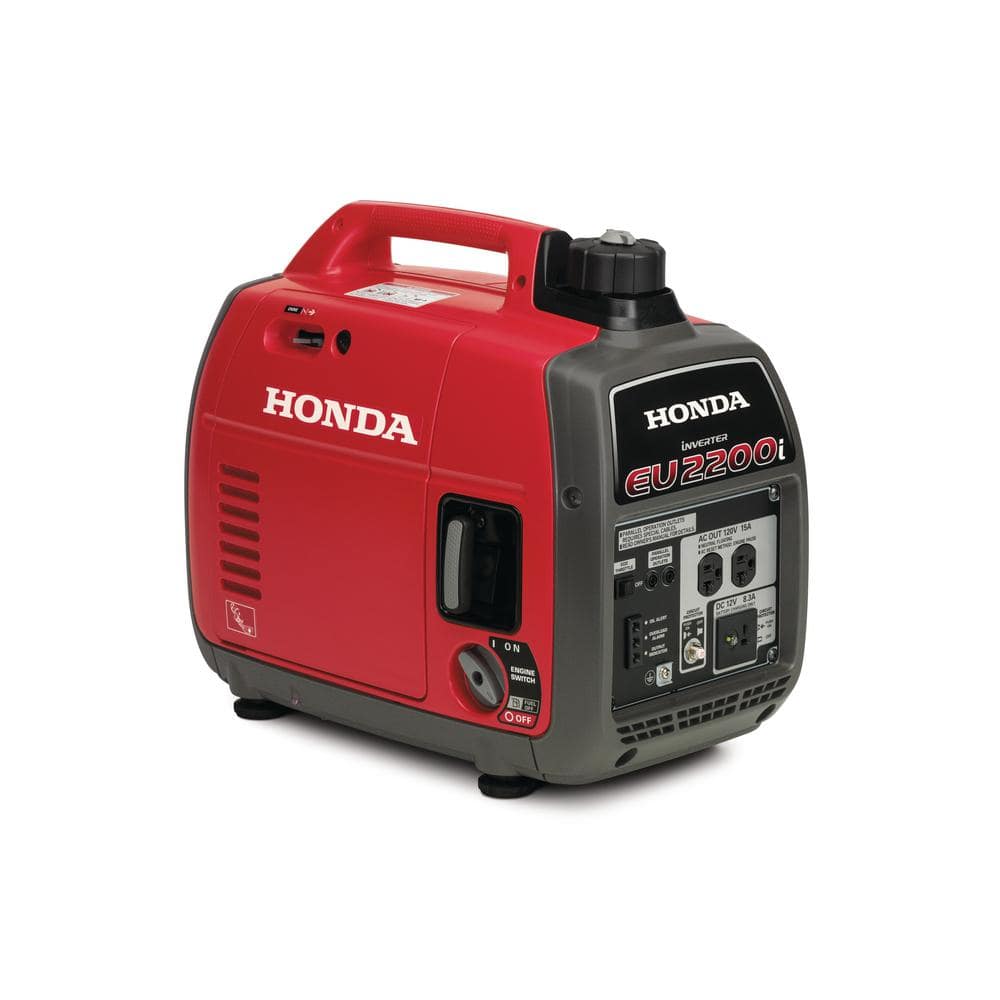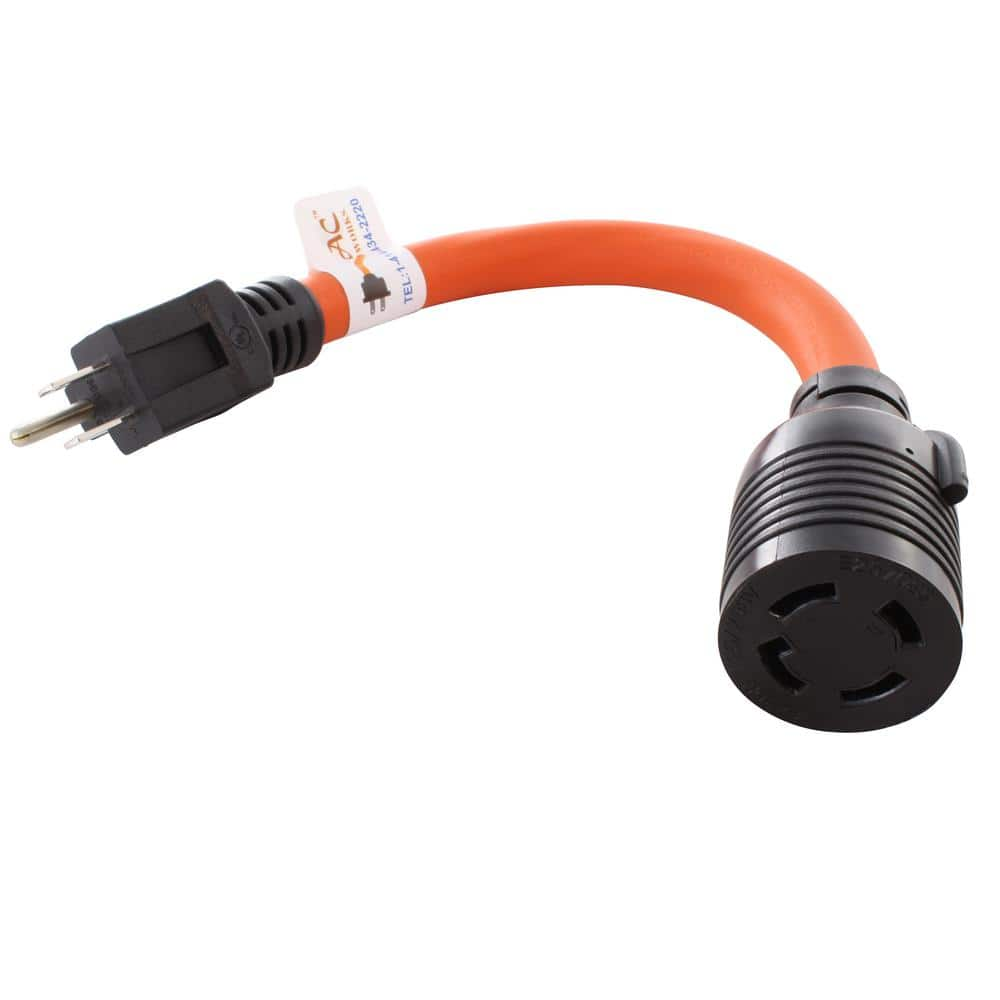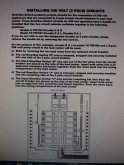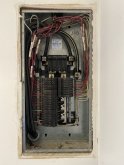Hedges
I See Electromagnetic Fields!
- Joined
- Mar 28, 2020
- Messages
- 20,589
It's not a good choice of thing (without looking at the linked pages at all). Connecting a cable + plug that is rated for 15A to a circuit that is rated to provide 30A leaves you with the very real possibility that damaging current can be drawn over that cable + plug before the supplying circuit will even think about tripping. If there was a 15A fuse at 30A end of the lead that'd cover that situation. This makes no reference to the voltages that may be present on that 30A socket.
Having not read the links at all I'm assuming supply side is 30A, load side is 15, not the other way around.
You always want an appropriately rated fuse protecting the lowest rated component.
The 115/230V 30A recessed plug would be wired to utility panel for feed by a generator. Cord adapts from that to a standard 15A plug. Standard outlets are normally on a 20A breaker. The 15A/20A sockets take the same plug and one with a blade rotated 90 degrees.
His generator is rated 2200W, a bit under 20A.

Honda 2,200-Watt Super Quiet Gasoline Powered Portable Inverter Generator with Eco-Throttle and Oil Alert-EU2200i - The Home Depot
Honda's advanced inverter technology provides 2,200-Watt of extremely quiet, lightweight and fuel-efficient power. The EU2200i can operate a wide variety of appliances, making it perfect for portable use at home or while camping. Exceptionally efficient, it can run 3.2-hours to 8.1-hours on a...
www.homedepot.com
The cord he's looking at isn't even 12 awg (ampacity 30A but overload protection supposed to be 20A). It is 10 awg.

AC WORKS 1 ft. 15 Amp Household Plug to L14-30 30 Amp 4-Prong Transfer Switch Inlet Adapter S515L1430-012 - The Home Depot
This AC WORKS brand adapter cord [S515L1430-018] is very durable. It is a NEMA 5-15P to NEMA L14-30R. The NEMA 5-15P is a 15-Amp, 125 Volt, 3-prong Household male plug. The NEMA L14-30R (Hots Bridged)
www.homedepot.com
so dmholmes: You aren't supposed to, but I think that cord is offered with a wink and a nudge. Better to open up the inverter and put in a 30A outlet or wire 10 awg. Although 3000W isn't quite 30A, more like 25A. Some may even have breakers; if 20A you ought to keep current draw under 16A to avoid tripping. So DIY hack job would be the thing to do.
The main thing I was worried about was a source capable of 30A or more 120V single phase used to drive both hots in a load panel, because then two 120V circuits might share a neutral return.
I picked up a couple adapters that go both directions. The one with 30A input 15A output has a breaker.






